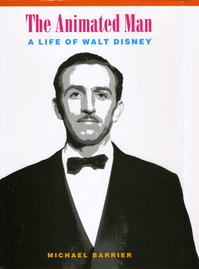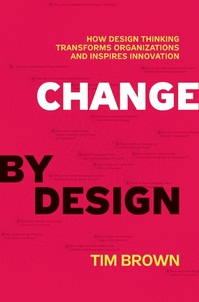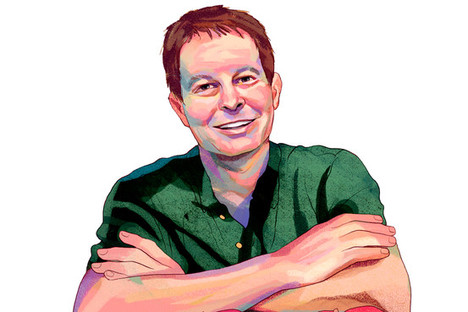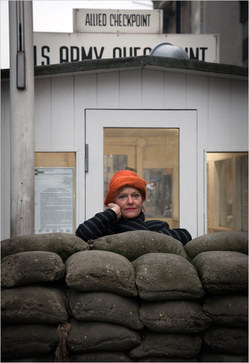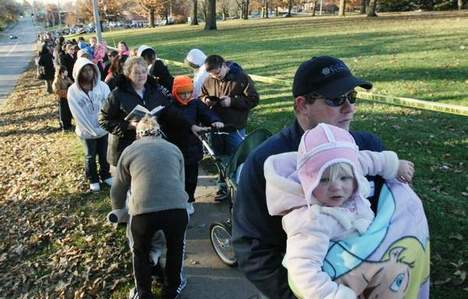Studebakers were made mainly in South Bend, Indiana, where I was born and raised. (One of our early family cars was a Studebaker Scotsman, but, alas, it did not look much like the Studebaker Commander that was once pictured above.)
By the way, in the musings quoted below, my understanding is that O’Rourke is not entirely right about Henry Ford: I believe Ford bankrupted two auto companies before founding the one that made the Model T that was once pictured below.)
(p. W2) . . . cars didn’t shape our existence; cars let us escape with our lives. We’re way the heck out here in Valley Bottom Heights and Trout Antler Estates because we were at war with the cities. We fought rotten public schools, idiot municipal bureaucracies, corrupt political machines, rampant criminality and the pointy-headed busybodies. Cars gave us our dragoons and hussars, lent us speed and mobility, let us scout the terrain and probe the enemy’s lines. And thanks to our cars, when we lost the cities we weren’t forced to surrender, we were able to retreat.
. . .
I don’t believe the pointy-heads give a damn about climate change or gas mileage, much less about whether I survive a head-on with one of their tax-sucking mass-transit projects. All they want to is to make me hate my car.
. . .
American cars have been manufactured mostly by romantic fools. David Buick, Ransom E. Olds, Louis Chevrolet, Robert and Louis Hupp of the Hupmobile, the Dodge brothers, the Studebaker brothers, the Packard brothers, the Duesenberg brothers, Charles W. Nash, E. L. Cord, John North Willys, Preston Tucker and William H. Murphy, whose Cadillac cars were designed by the young Henry Ford, all went broke making cars. The man who founded General Motors in 1908, William Crapo (really) Durant, went broke twice. Henry Ford, of course, did not go broke, nor was he a romantic, but judging by his opinions he certainly was a fool.
. . .
There are those of us who have had the good fortune to meet with strength and beauty, with majestic force in which we were willing to trust our lives.
For the full commentary, see:
P.J. O’ROURKE. “The End of the Affair. The fate of Detroit isn’t a matter of economics. It’s a tragic romance, whose magic was killed by bureaucrats, bad taste and busybodies. P.J. O’Rourke on why Americans fell out of love with the automobile.” The Wall Street Journal (Sat., MAY 30, 2009): W1-W2.
(Note: ellipses added.)
(Note: thanks to my mother for refreshing my faulty memory on which model of Studebaker we owned.)
For some interesting brief background on Ford, see:
Nye, John Vincent. “Lucky Fools and Cautious Businessmen: On Entrepreneurship and the Measurement of Entrepreneurial Failure.” In The Vital One: Essays in Honour of Jonathan R. T. Hughes, edited by Joel Mokyr. Greenwich, Conn. and London: JAI Press, 1991, pp.131-52.


